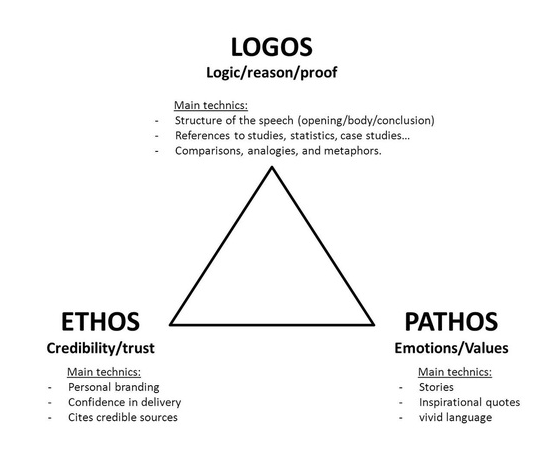Types Evidence of Evolution Worksheet
Worksheets are a valuable learning tool for individuals seeking to gain a better understanding of different subjects. For those interested in exploring the concept of evolution, specifically the types of evidence supporting it, an evolution worksheet can serve as a comprehensive resource. This worksheet is designed to provide educational material and engaging exercises to help learners grasp the various types of evidence that support the theory of evolution.
Table of Images 👆
More Other Worksheets
Kindergarten Worksheet My RoomSpanish Verb Worksheets
Cooking Vocabulary Worksheet
DNA Code Worksheet
Meiosis Worksheet Answer Key
Art Handouts and Worksheets
7 Elements of Art Worksheets
All Amendment Worksheet
Symmetry Art Worksheets
Daily Meal Planning Worksheet
What is the definition of fossil evidence?
Fossil evidence refers to the remains or traces of organisms that lived in the past, such as bones, shells, footprints, or imprints, which provide scientists with information about the history of life on Earth, including the evolution of different species, their behavior, and the environments they lived in.
What are homologous structures?
Homologous structures are anatomical features in different organisms that are similar in structure and position but may serve different functions. These structures are evidence of a common evolutionary ancestry and show how different species have adapted similar traits to suit their environments or lifestyles. Examples of homologous structures include the bones in the forelimbs of vertebrates like humans, cats, whales, and bats, which all share a similar structure despite serving different functions like grasping, walking, swimming, or flying.
What is the significance of embryological evidence in evolution?
Embryological evidence in evolution is significant because it provides insights into the shared ancestry and relationships between different species. Comparing the embryonic development of various organisms can reveal similarities in their early stages, indicating a common evolutionary history. These similarities often suggest a pattern of descent with modification, further supporting the theory of evolution. Additionally, differences in embryonic development among related species can also provide clues about the evolutionary changes that have occurred over time, helping scientists to understand the processes of adaptation and speciation.
How does comparative anatomy provide evidence for evolution?
Comparative anatomy provides evidence for evolution by revealing similarities in the anatomical structures of different species, suggesting a common ancestry and evolutionary relationship. The presence of homologous structures – those that have the same basic structure but perform different functions in different species – supports the idea that these structures have evolved from a common ancestor and adapted over time to suit the specific needs of each species. Additionally, vestigial structures, which are remnants of once-functional features that are no longer used, also offer evidence of evolution by showing traits that have been lost or reduced over generations as species have evolved to better adapt to their environments.
What is the role of vestigial structures in understanding evolution?
Vestigial structures are remnants of organs or features that have lost their original function through the course of evolution. They play a crucial role in understanding evolution as they provide evidence of common ancestry and the gradual changes that have occurred over time. By studying these structures, scientists can trace the evolutionary history of a species and identify patterns of adaptation and natural selection. Vestigial structures also highlight the concept of "descent with modification" proposed by Charles Darwin, supporting the idea that organisms have evolved from common ancestors and adapted to changing environments.
How is biogeographical evidence used to support the theory of evolution?
Biogeographical evidence is used to support the theory of evolution by illustrating how species are distributed geographically and how this distribution aligns with the concept of common ancestry and adaptation to different environments. By studying the distribution of species across continents and the patterns of similarities and differences between related species in different regions, scientists can infer how species have evolved and dispersed over time. This evidence supports the idea that species have evolved from common ancestors and have adapted to their environments through natural selection, providing crucial insights into the process of evolution.
What is the definition of biochemical evidence?
Biochemical evidence refers to scientific data and observations related to biochemical processes and molecules within biological systems. This evidence includes information about the structure, function, and interactions of various molecules such as proteins, nucleic acids, and lipids, which play crucial roles in the functioning of living organisms. Biochemical evidence is often used in research to understand biological functions, diseases, and evolutionary relationships among different species.
How does DNA sequencing contribute to our understanding of evolution?
DNA sequencing allows scientists to compare the genetic code of different species, providing insights into evolutionary relationships. By analyzing genetic similarities and differences, researchers can track evolutionary changes over time, elucidating the evolutionary history of organisms and tracing their origins. DNA sequencing also helps identify genetic adaptations that have driven evolutionary processes, shedding light on how organisms have evolved to thrive in different environments. This information enhances our understanding of evolution by providing concrete genetic evidence to support evolutionary relationships and mechanisms.
What is the significance of observing natural selection in action?
Observing natural selection in action is significant because it provides direct evidence of the process by which species evolve and adapt to their environment. It allows researchers to study how different traits confer survival advantages, leading to changes in populations over time. This can help us understand the underlying mechanisms of evolution and how species may respond to challenges such as climate change or disease outbreaks. In addition, witnessing natural selection in real time can also help validate and refine theories related to evolution and biodiversity.
How does the presence of transitional fossils support the theory of evolution?
The presence of transitional fossils supports the theory of evolution by providing physical evidence for gradual changes in species over time. These fossils display intermediate characteristics between different groups of organisms, illustrating how species have evolved from common ancestors into distinct forms. By discovering and studying transitional fossils, scientists can trace the evolutionary pathway of various species, highlighting the gradual process of transformation and development in response to environmental pressures and natural selection. This tangible evidence aligns with the predictions of evolutionary theory and further reinforces the understanding of how life on Earth has evolved over millions of years.
Have something to share?
Who is Worksheeto?
At Worksheeto, we are committed to delivering an extensive and varied portfolio of superior quality worksheets, designed to address the educational demands of students, educators, and parents.



































Comments